

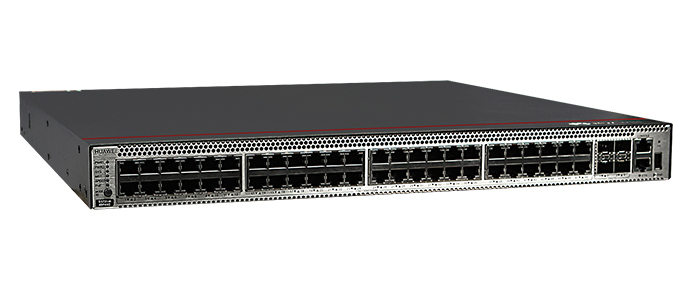
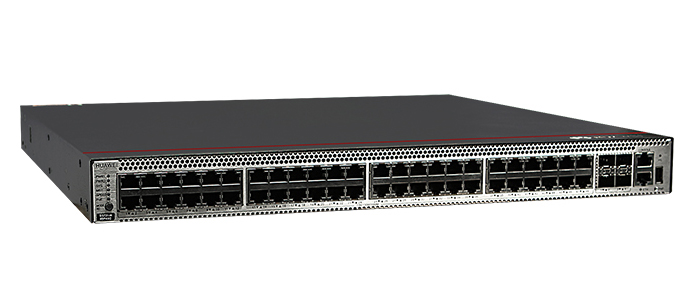
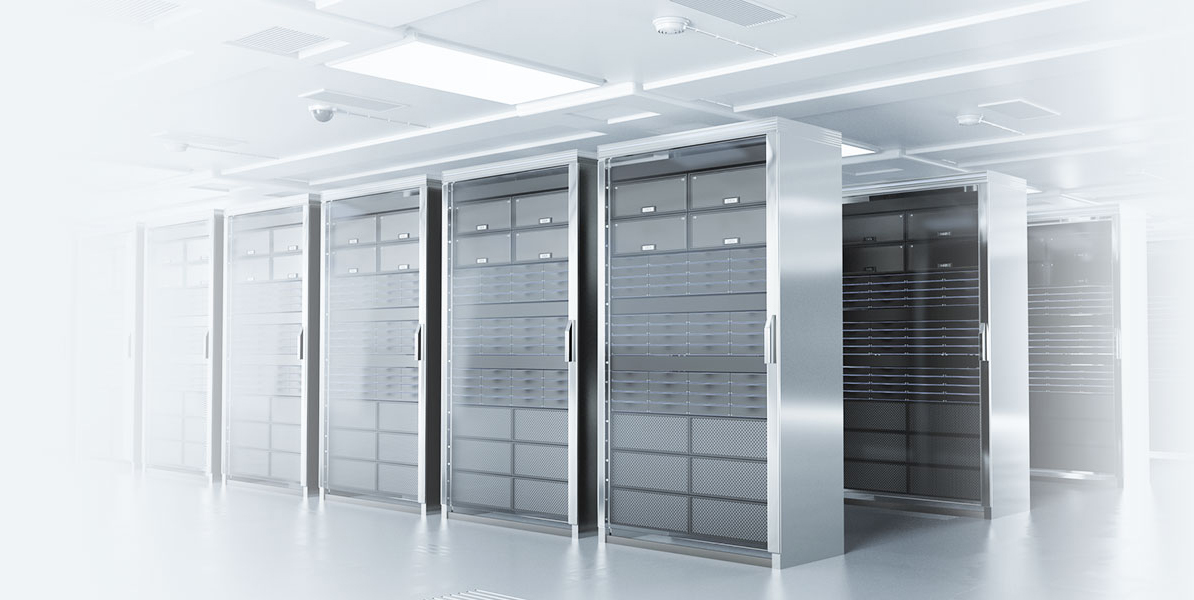
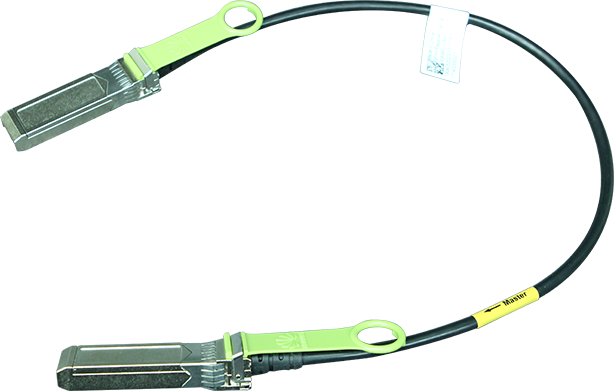
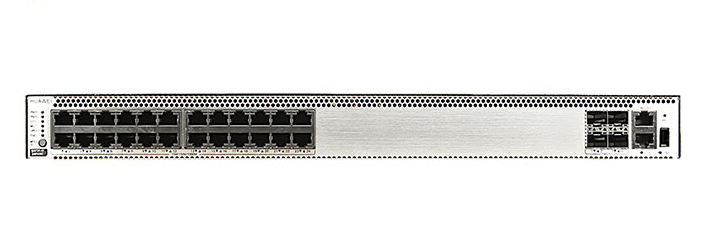
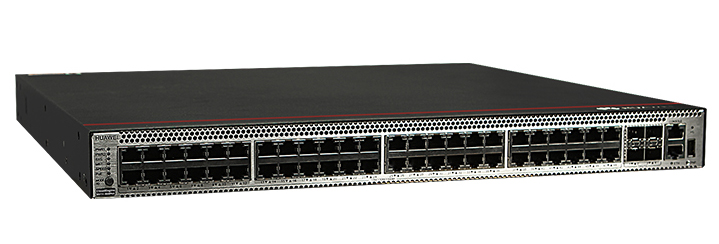

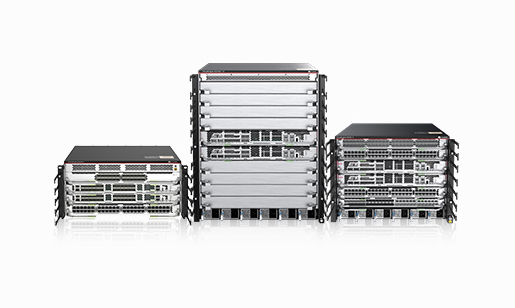
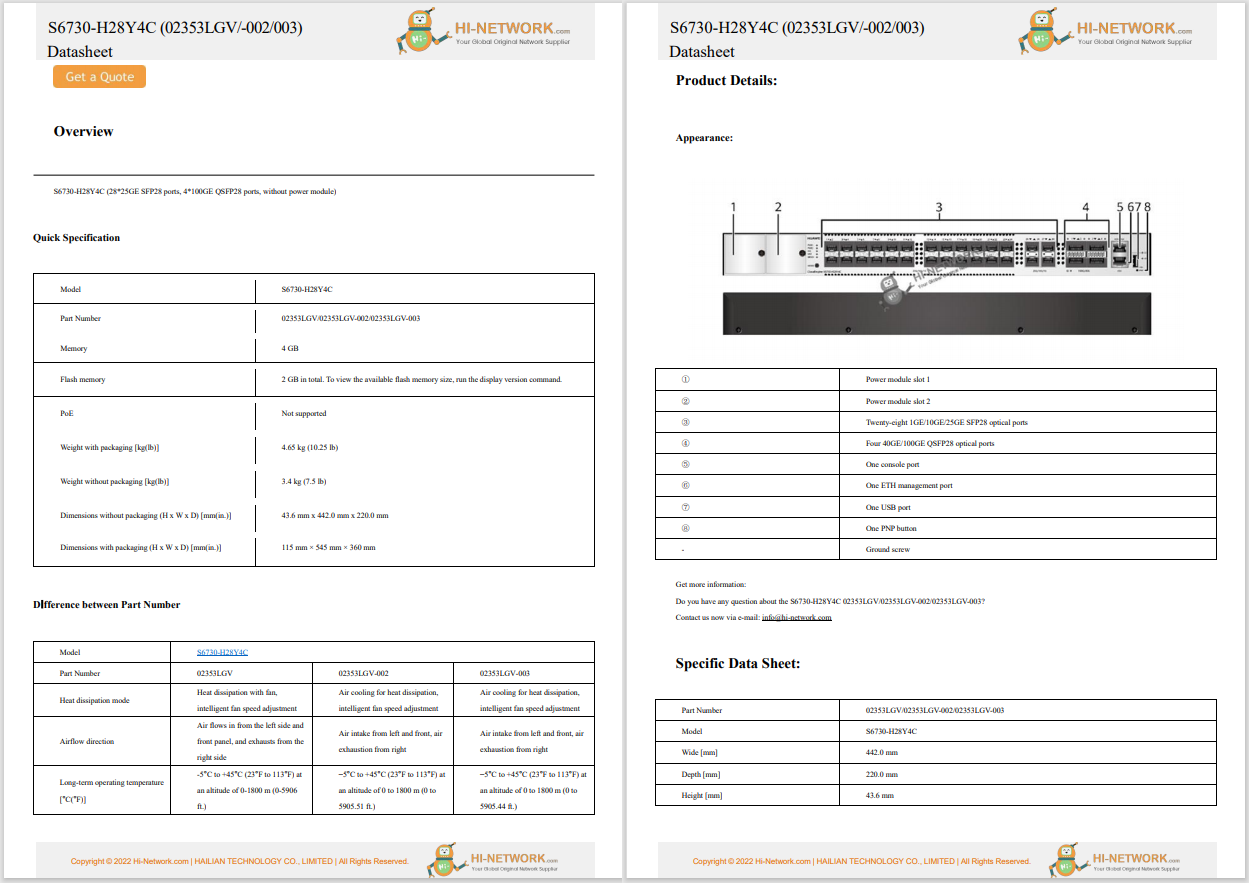

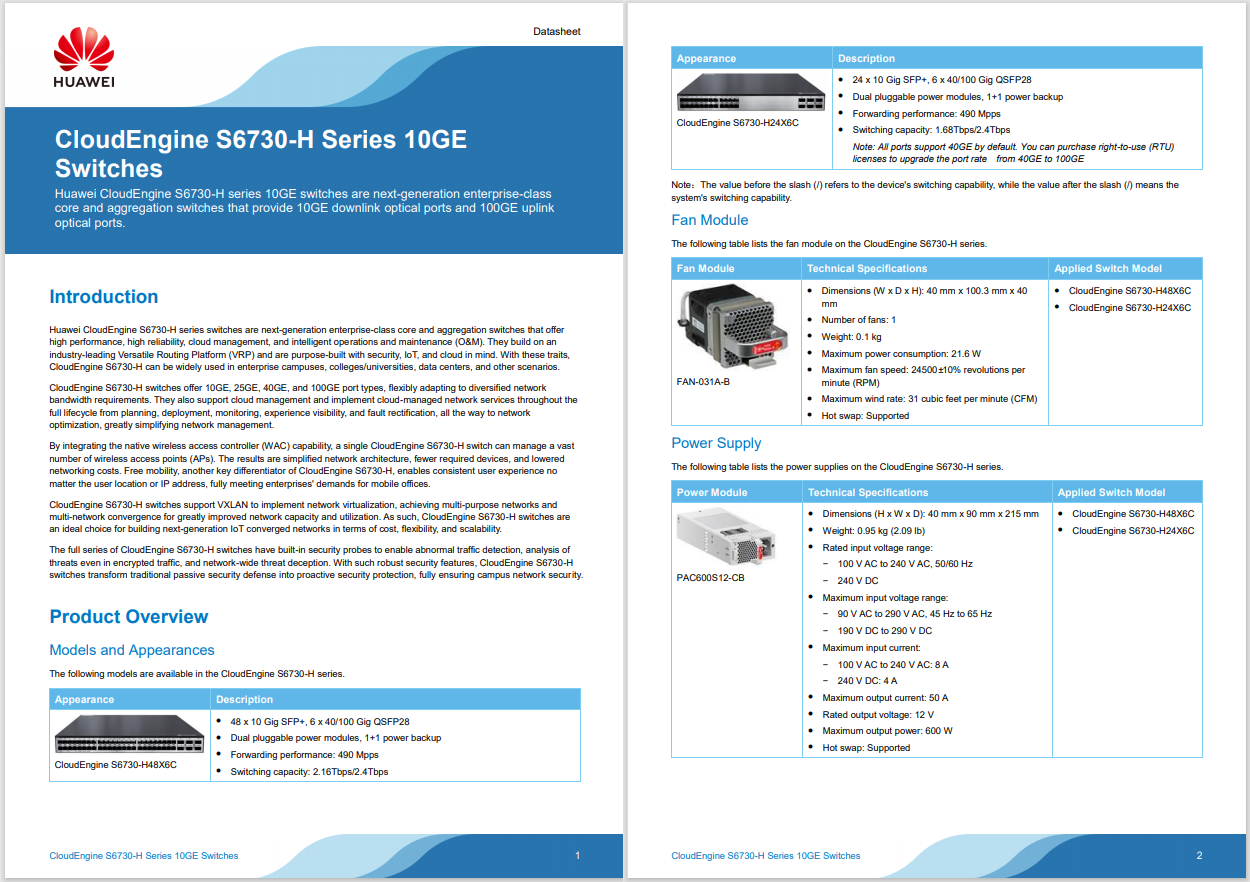
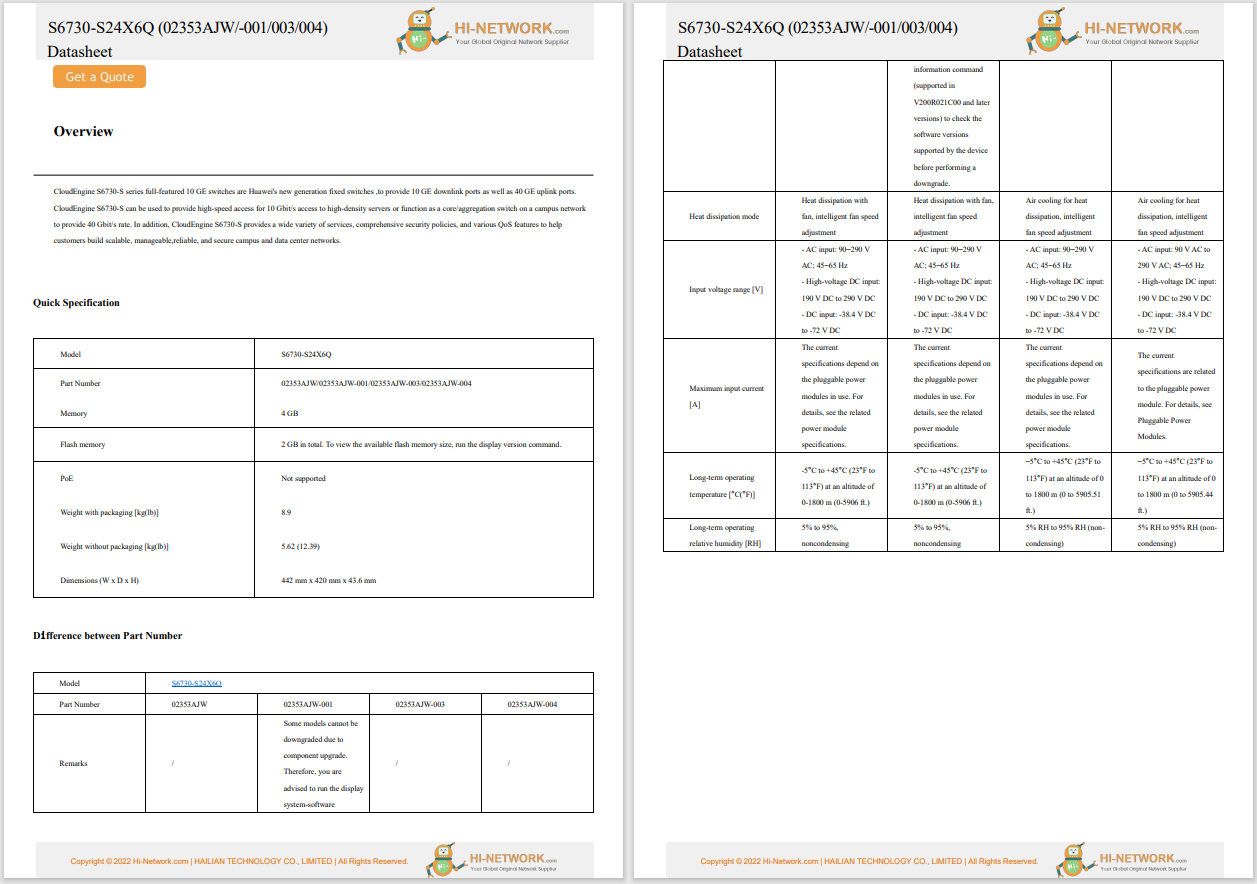

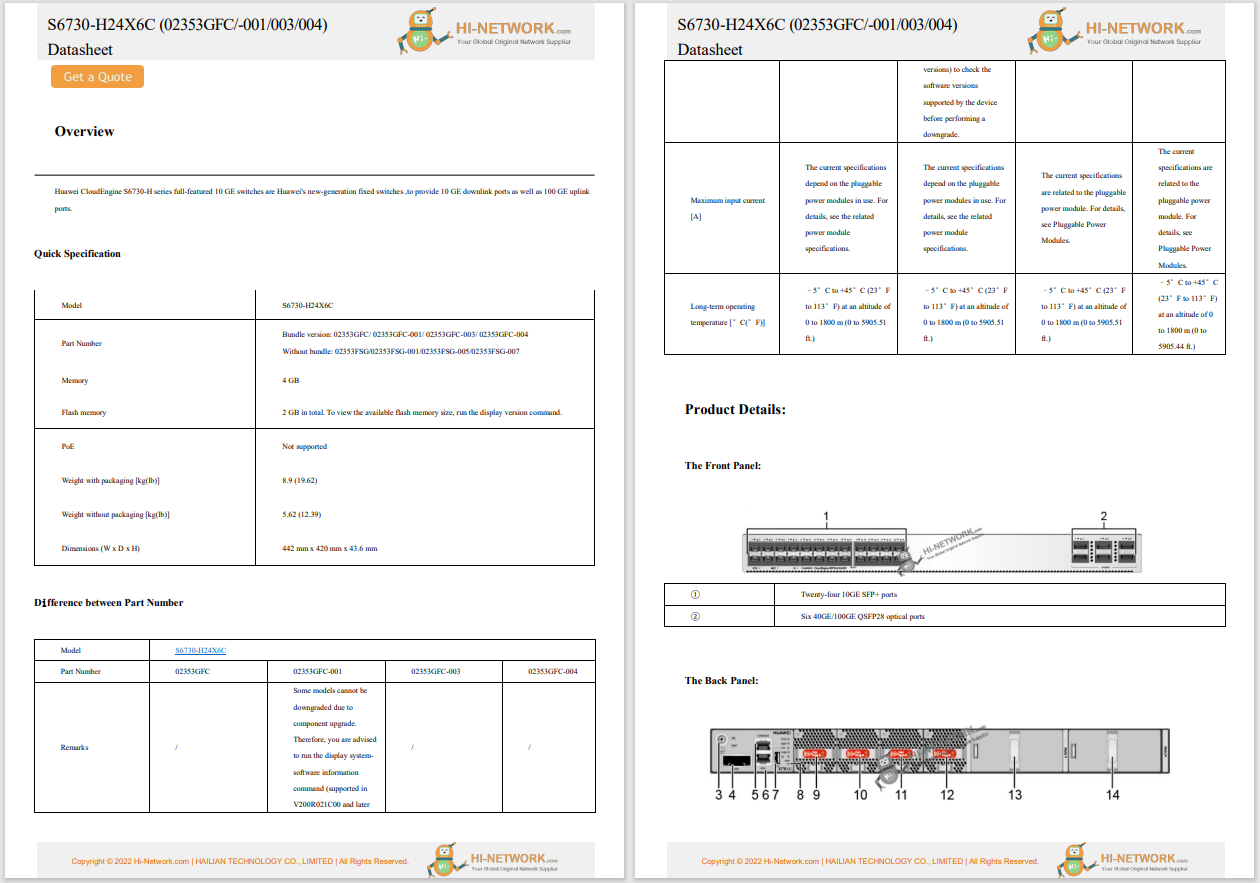
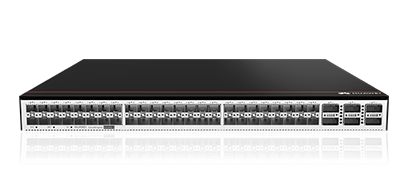
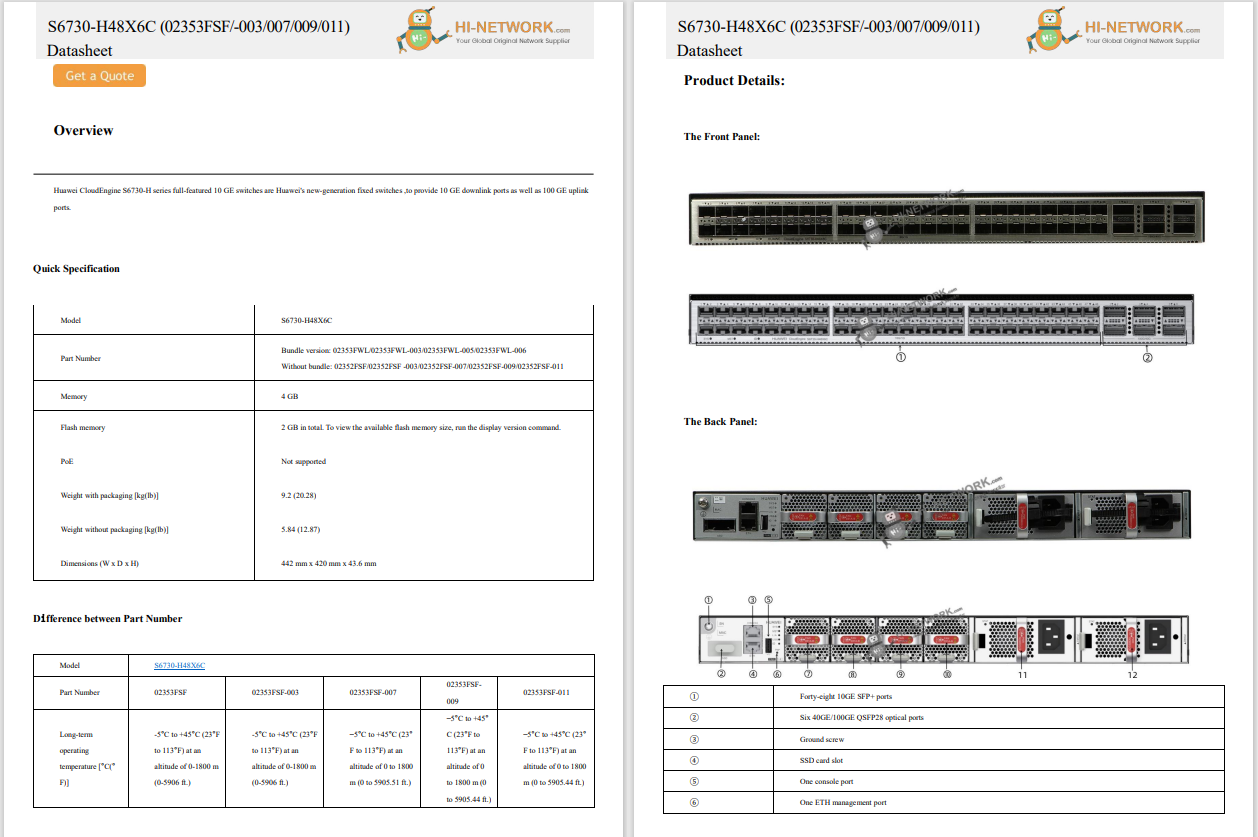
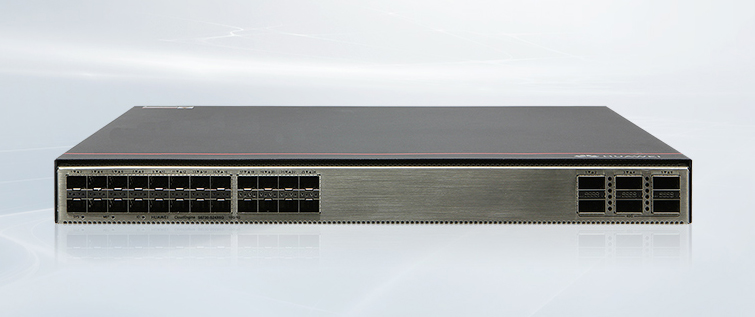


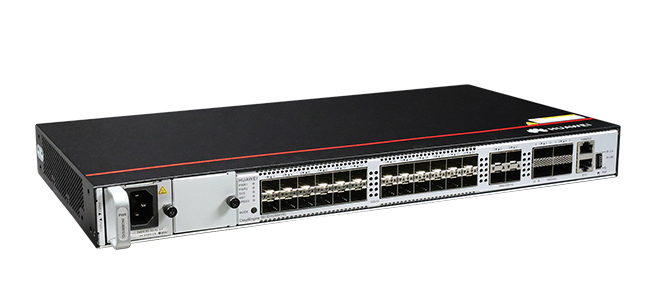
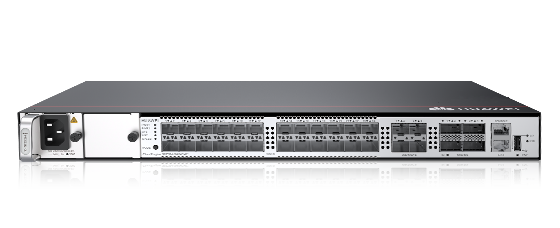
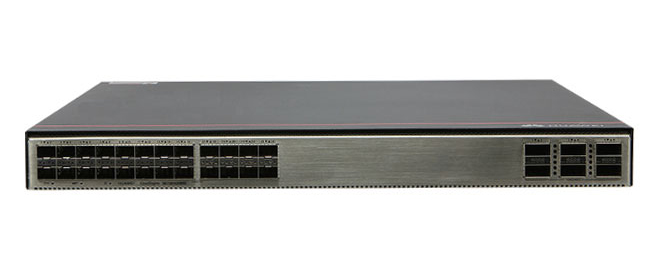


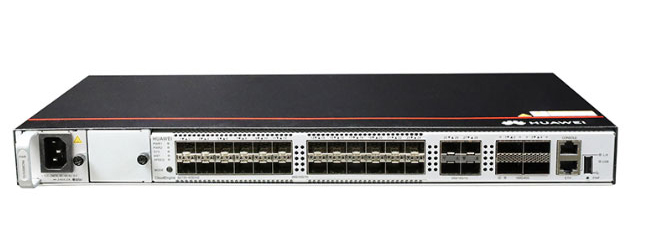
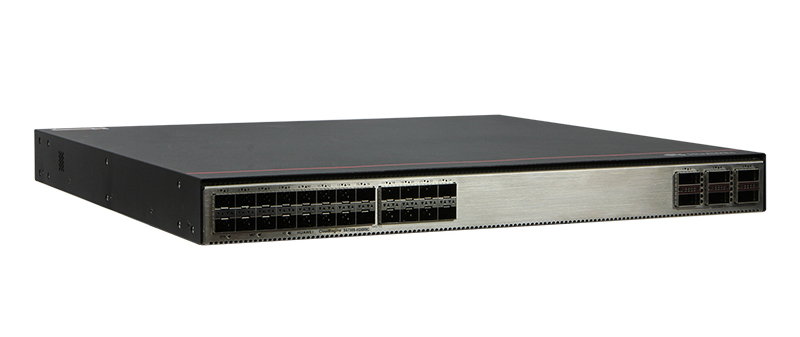
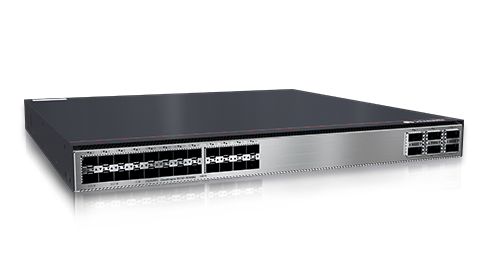
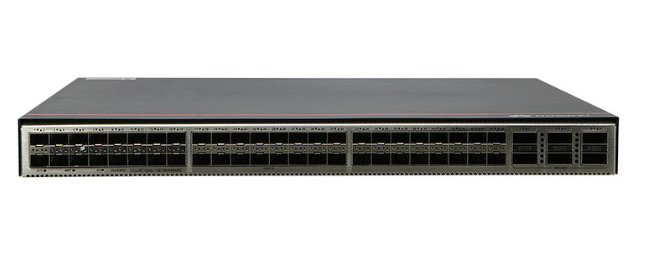
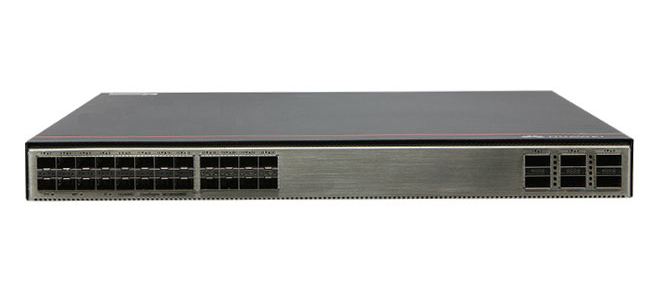
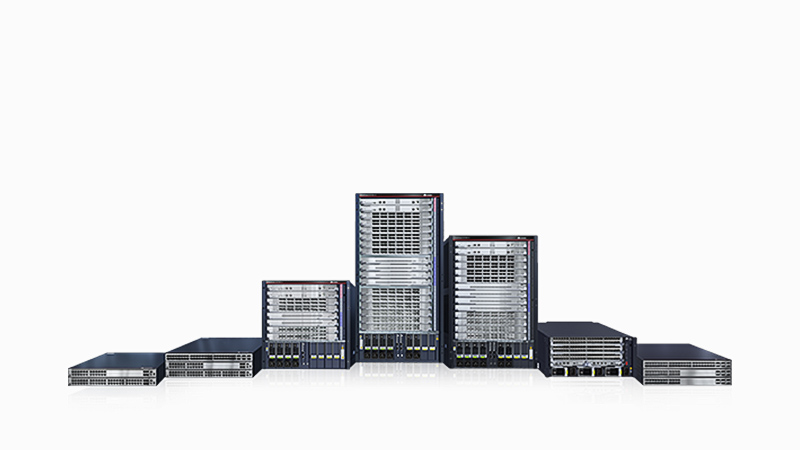

As a kid, I was inspired by the decorative lighting in my grandparents' finished basement. They had festooned the place with multicolored C9 string lights (aka old-school Christmas lights) from wall to wall, beneath the built-in wet bar, around hanging mirrors, and anywhere else they could add an ambient accent for the parties they hosted down there year-round.
Since then, I've festooned every home I've lived in with decorative lighting, whether in a sequestered man cave or throughout my apartment. In short, I've spent an embarrassing amount of money on lighting up my abode like a carnival attraction. So it was good news for me when manufacturers introduced a more cost-effective, environmentally sound lighting option: the LED (light emitting diode).
Also:Don't plug these 7 appliances (including space heaters) into extension cords - here's why
A rudimentary form of LED tech surfaced as far back as the late 1960s, but its illumination was weak and limited to one end of the spectrum (the red end). Once LED lighting became popular for consumer use in the early 2000s, its evolution toward brighter bulbs and higher efficiency was relatively swift.
Today, LED bulbs are replacing other types of bulbs for every application, from plant-growing arrays to decorative rope lights to arrestingly bright floodlights. LED is the new standard for both practical and ambient lighting, and we're much better off for it -- for several reasons.
For one thing, LED bulbs are way more efficient than older types of lighting technology. The Second Law of Thermodynamics dictates that every mechanism (natural or man-made) that transfers energy is subject to some degree of waste. Incandescent lightbulbs, for example, are pitifully inefficient. As little as 10% of the electricity they consume is converted into visible light. The remaining 90% is lost as heat. That's not the case with LEDs.
Also: The best fireplace TV stands of 2025
The semiconductors in LED bulbs can convert up to 95% of electricity into light, making them 8 to 9 times more efficient than incandescent bulbs. Even if money weren't an issue, that's an impressive engineering upgrade in terms of conserving resources. LEDs have integrated heat sinks that absorb heat while the source is lit. This is why LED bulbs and fixtures never feel hot to the touch.
As recent as the last decade, the majority of bulbs in household lamps were incandescent. Research shows that incandescent bulbs are steadily phasing out, both in homes and on the shelves of your local Home Depot. Here are a few reasons why:
Keep in mind that the figures above are averages, and performance will vary from brand to brand and material quality. These numbers and ratios are similar when comparing LEDs to halogen bulbs, although the difference between the two is more dramatic because halogen generates so much heat.
Also: I lowered my electric bill by changing these 5 TV settings. Here's why they work
While fluorescent (CFL) bulbs run much cooler than incandescent or halogen bulbs, LEDs are still 1.5 times more efficient than a fluorescent bulb that produces the same amount of light. CFLs are used primarily to illuminate workshop areas like garages or office rooms, and they lack the dynamic qualities of LEDs, which can be crafted into myriad form factors.
Finally, on the macro scale (worldwide), LED lighting could save over 569 TWh (terawatt-hours) of energy annually by 2035, equal to the annual energy output of more than ninety-two 1,000 megawatt power plants.
The 24-inch Cync Reveal HD+ undercabinet light bar is a creative way to use LED.
LED lighting is more than efficient and cost-effective. Its list of benefits runs deep compared with conventional lighting.
Also: The best VPN services
Compared with Thomas Edison's world-changing invention of the incandescent bulb in 1880, the LED is a space-age evolution of the original. But for all its modern advantages, what usually matters most is cost. So, how do these benefits translate into dollars?
According to the US Department of Energy, lighting accounts for around 15% of an average home's electricity use, and the average household saves about$225 in energy costs per year by using LED lighting. I have found wide-ranging statistics from studies that suggest those savings could be anywhere from$75 to $300.
I would never recommend tossing out a working incandescent bulb while it's still working. Use it until it flashes its final light. But on your next trip to Home Depot, you'll save far more in the long run by paying a bit more upfront for LEDs.
 Etiquetas calientes:
Casa y oficina
Etiquetas calientes:
Casa y oficina